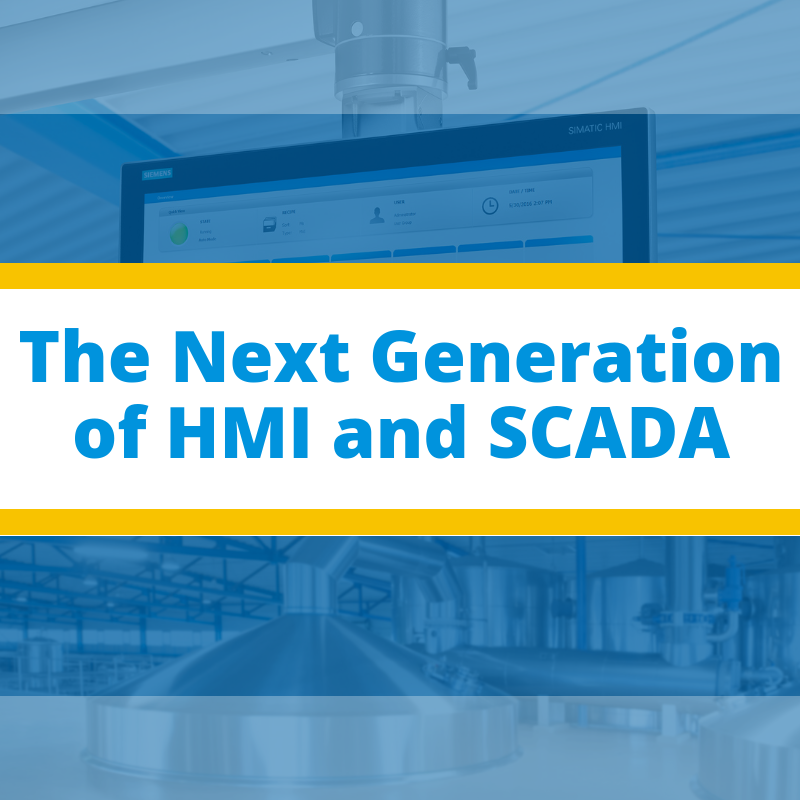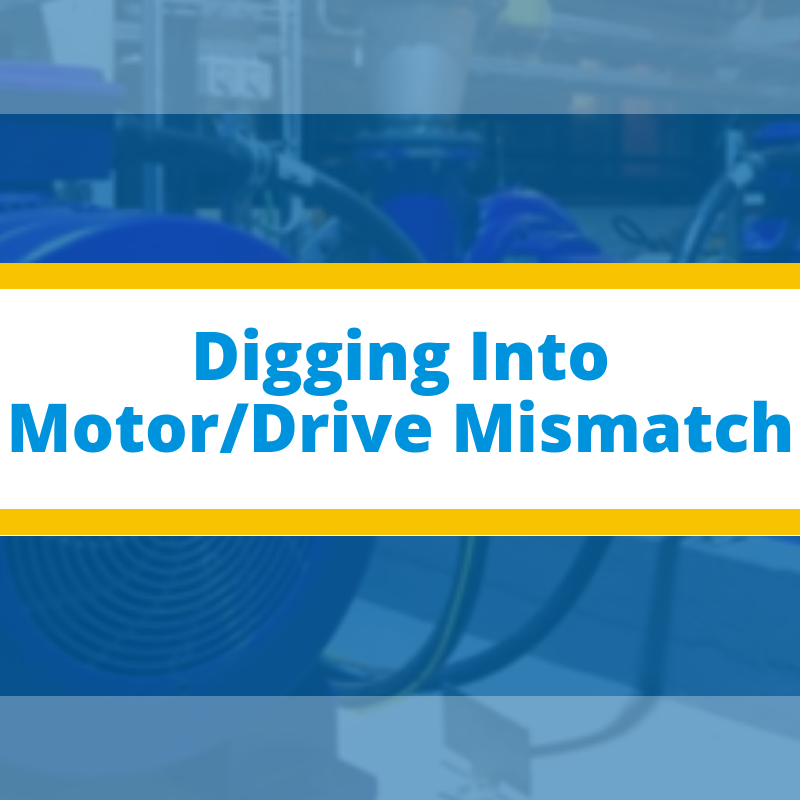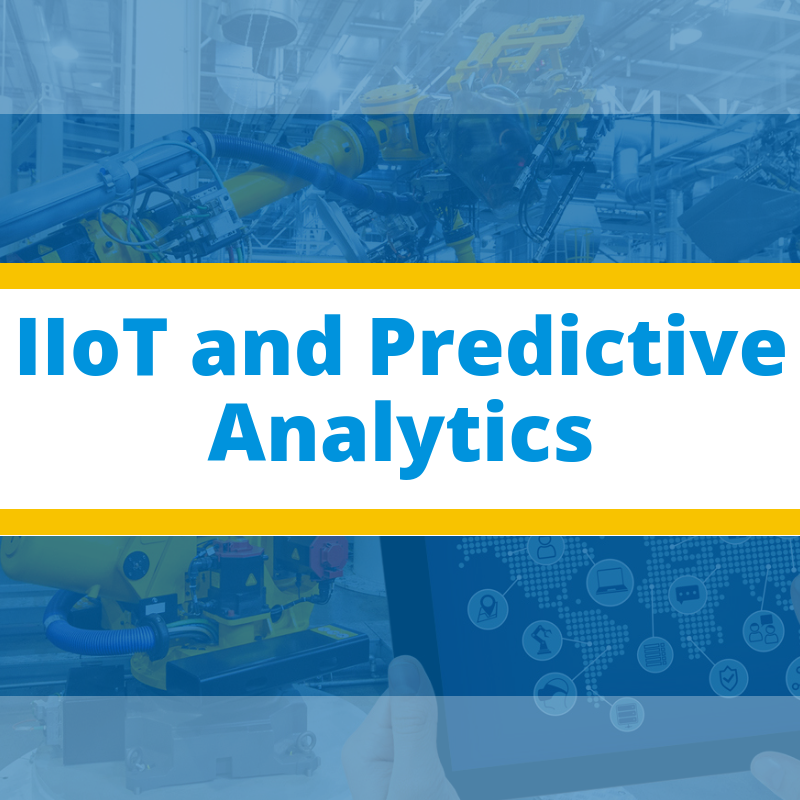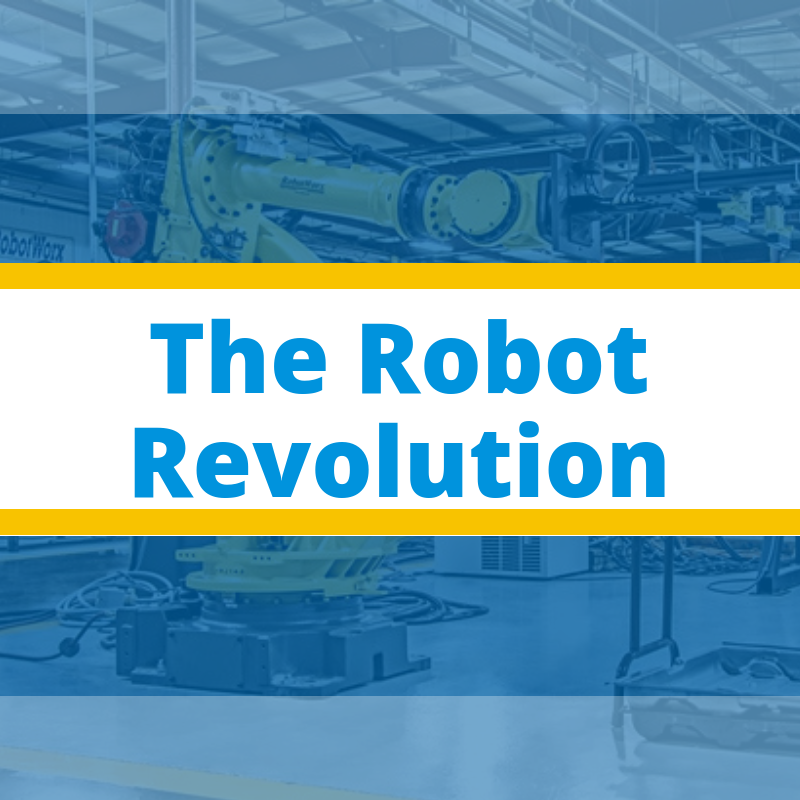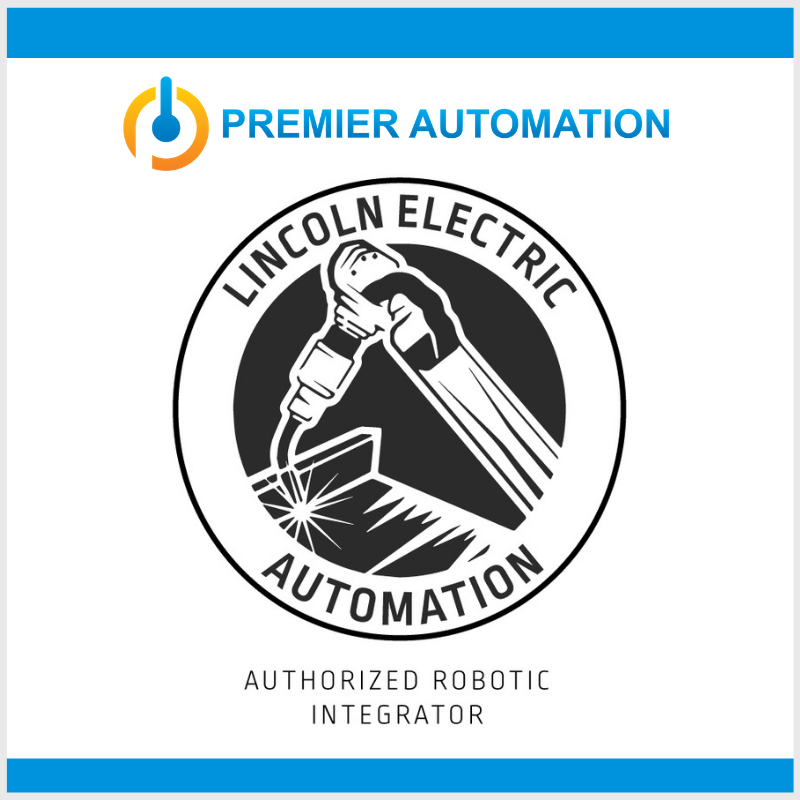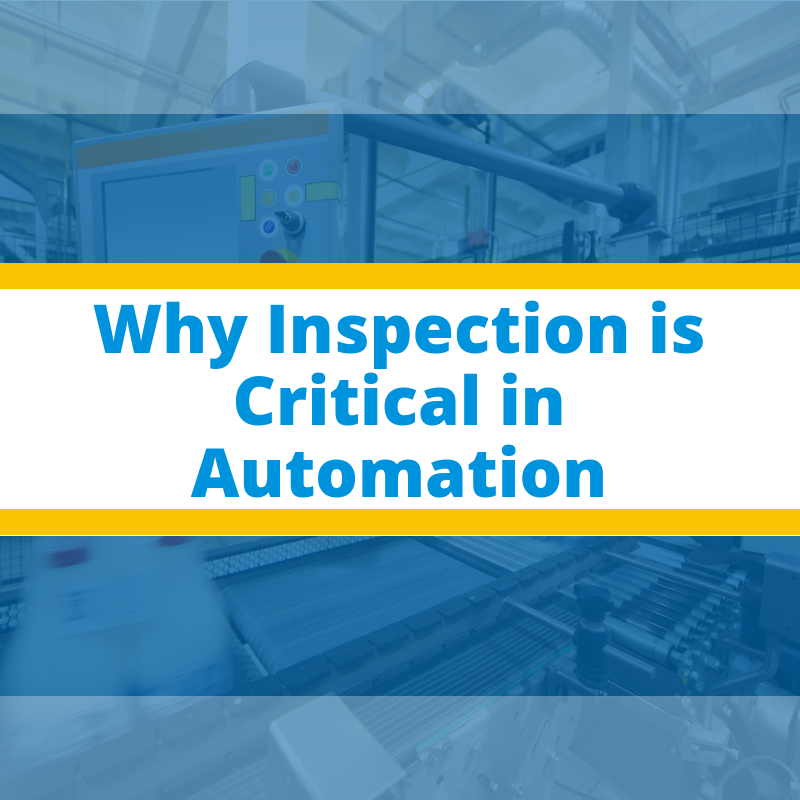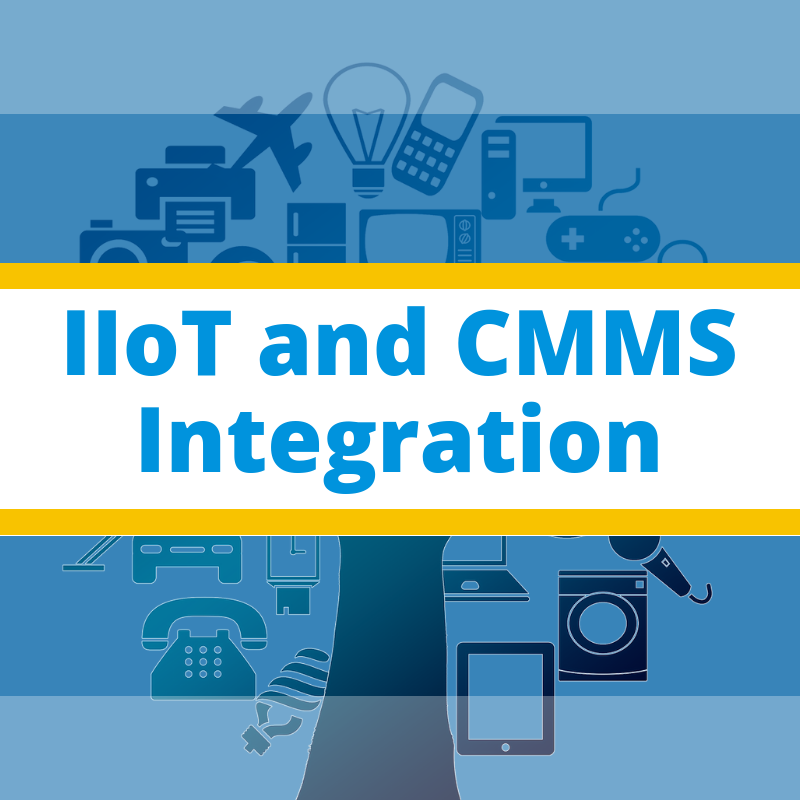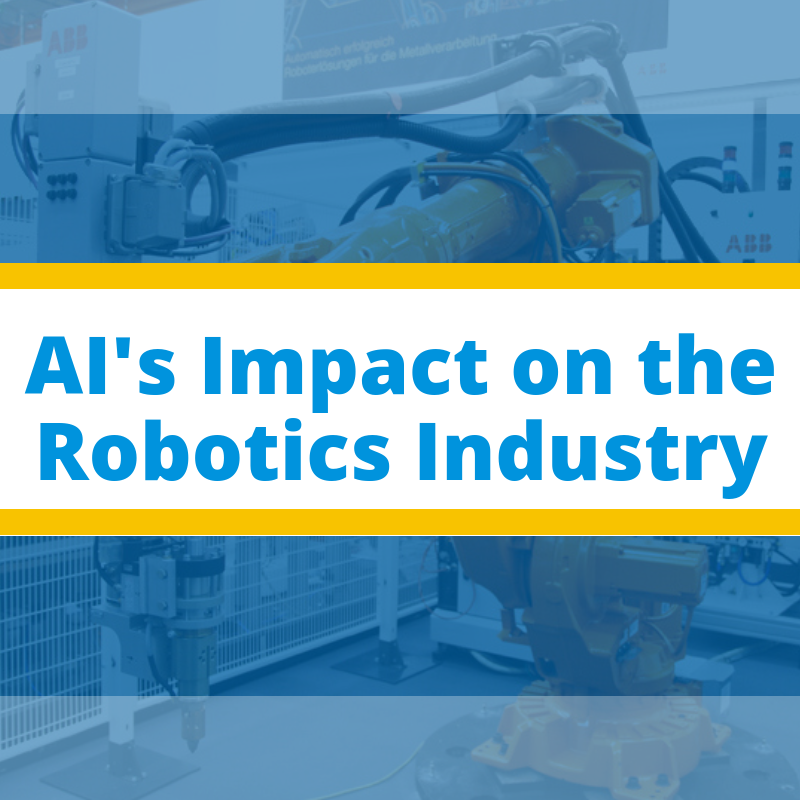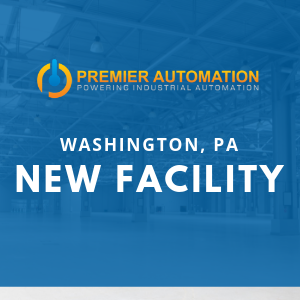The infamous Stuxnet worm made headlines in 2009 when it penetrated Iranian Nuclear Facilities, resulting in the destruction of their centrifuges. The debate regarding the origin of the worm spanned political boundaries, but nonetheless it uncovered the next generation of zero-day attacks that could disrupt industrial processes relying on inter-connected components.
Premier Automation
Recent Posts
Cybersecurity and Drives: What Dangers Exist and How to Prepare for them?
The age of Industrial IoT is upon us and HMI/SCADA systems face new challenges pertaining to their integration with modern technological marvels such as Big Data, Cloud, IoT, predictive analytics and 4G/LTE, etc.
The HMI software market has been hit hard by the advent of IoT, shaping its very development and resultant features. For some, SCADA systems are bound to become obsolete as edge computing takes over, with the intelligence become distributed rather than recouping in a central location. These thoughts are backed by the rise in AI engines, cloud computing capabilities and digital twins, disrupting conventional industrial schemes.
First, one should know that there is a very clear (yet forgotten) difference between HMI and SCADA, with the former being a closer counterpart of an individual operator and latter acting as a central control for an entire plant. Even though SCADA provides a comprehensive solution for monitoring, control, automation and reporting, several vendors sell HMIs, historian software, reporting tools and alarm software along with higher-level applications, e.g. MESs, analytics, etc. This means there’s a redundancy in the market regarding the functions and features of SCADA systems.
With new technologies such as IoT coming into play, HMI/SCADA software is becoming more mission-critical. The room for errors is decreasing as even a minute mistake can have a big impact over the plant floor. IoT devices, as one may call them, give users access to lots of useful data along with a higher refresh rate. This seems beneficial from a business standpoint but is sometimes hard to implement from the technical point of view. The next generation of HMI/SCADA hardware and software aim to address such technical challenges.
Connectivity
As digitization continues, availability of energy-efficient Ethernet and Wi-Fi networks becomes a reality. This allows equipment to be distributed further across the factory floor, and even be made “mobile” for added flexibility. As stated earlier, edge-located IoT devices are becoming the norm, spurring issues for traditional connectivity schemes. In a typical factory arrangement, data follows a path similar to this:
- Sensor
- PLC
- OPC Server
- PC based HMI/SCADA
- Gateway
- Reporting/charting system
On the other hand, HMI/SCADA systems of the future will flatten out such a tall hierarchy, leaving only three pieces behind:
- Sensor
- Groov EPIC
- Cloud or on-premises applications
Hardware
The hierarchy stated above can take advantage of modern open-source hardware and software platforms that don’t tie factory managers to a specific standard. Specialized elements can be superseded with standard building blocks.
Moreover, the development of edge technologies mean that newer platforms are embedded with sufficient connectivity and processing power, eliminating the need for layers of PLC servers and PCs. When we say, “edge component”, we mean an entity that borrows features from a PLC, PC and HMI, functioning as an industrial controller.
Each edge component possesses the ability to act as a bridge for other intelligent devices all the way up to the cloud. From thereon, they can form the core of the new architecture on top of which HMI and SCADA is built.
Software
Hardware alone isn’t enough to bridge the gap between IoT devices and HMI/SCADA systems. Instead, developers would have to rely on numerous open-source and built-in software technologies, namely:
- Linux OS
- Native OIT/HMI options
- OPC UA drivers
- Improved licensing
- MQTT/Sparkplug
Windows continues to be a popular choice for HMI and SCADA manufacturers, but in recent years it has faced stiff competition from the open-source alternative Linux that promises greater security and stability. Much of the development taking place on IoT and smart devices is based on Linux, Ubuntu being a popular distro.
OPC UA drivers are built into many components shipped out today, facilitating native communications between edge devices and popular PLCs. This allows the power of IoT devices to be reaped out to the fullest level. Finally, security is being made firmer through technologies such as MQTT that allows secure inbound/outbound communications to take place. It can operate seamlessly over typical business IT systems, avoiding complex and stiff network configurations. MQTT is often used in conjunction with Sparkplug that effectively delivers industrial-type messages throughout the plant.
The future is exciting to say the least and is already here; technologies such as those mentioned above have already started shifting the traditional route of HMI/SCADA development, something that will only pick up pace with the passage of time.
Interested in learning more? Visit our website www.premierautomation.com, or talk to one of our specialists today.
VFDs are incorporated into motor control to improve process efficiency and bring down maintenance episodes, but some plant managers experience the opposite. Why? Quite certainly, this is the result of a mismatch between motors and drives.
One may think of variable speed drives to be the culprit, but the fact is, they don’t make motors fail. It is incorrect planning and selection that is the root cause. Modern drive technology should not be sidelined due to fears of motor failures.
Industrial Internet of Things, Industry 4.0, Digital Factory, and so on, are buzz words that every marketing executive likes to use. But their extensive adoption today has made them into applicable technologies, allowing manufacturers to achieve the universal goal of higher productivity.
The Robot Revolution
Robots are no longer giant, mechanic beasts that are reserved for heavy-lifting and seemingly repetitive tasks. Now, they are changing, becoming more collaborative, mobile and intelligent. While they are changing due to technological breakthroughs, they are establishing a new place in the industry for themselves.
Premier Automation is Now a Lincoln Electric Authorized Robotic Integrator
IIoT and CMMS Integration
The factory floor is getting major upgrades to bring it at par with modern technological advancements that have for long been adopted by the IT industry. The increasing popularity of Computerized Maintenance Management Systems (CMMS) and the unstoppable wave of Internet of Things (IoT), is leading to new possibilities, one that would result in synergy through integration.
IoT refers to all gadgets, hardware and software that are connected over a network. Even a Bluetooth speaker at home connected to your smartphone is a viable candidate for the “things” that form IoT infrastructure. As more devices get connected to the internet, the possibilities of achieving automation increases. For instance, a handheld scanner connected to the internet, can scan an object through RFID/NFC technology and eliminate the need for any manual inputs, directly uploading data to the shipment portal.
When CMMS solution come into the equation, extra automation can be achieved as it can act as a hub for all communications. When facilities run online, connected to the internet, floods of data will be entered into the system. While this may undermine the capacity of the system, in the longer run it will be beneficial as companies will have more data to gain insights from, which would ultimately lead to greater intelligence. This gives way to the concept of Big Data.
CMMS analytical capabilities combined with personnel who hold the ability to interpret the vast amount of data would work together to provide actionable insights to the management, giving way to predictive maintenance. The data received from each asset will also become more intricate as the stats for a particular machine’s performance and health will increase along with the sample frequency.
For instance, let’s consider several generators connected to a CMMS. The parameters for each of these assets are continuously being monitored with the aid of a predictive maintenance algorithm. At some point, the need for maintenance will arise. With conventional systems, a CMMS will have lesser amount of actionable information to provide a set time frame at which maintenance becomes necessary. However, when assets are part of the IoT framework, personnel can gain accurate know-how of the workings of the generator, and the maintenance schedule is bound to be more accurate. This results in greater cost-savings and decreased downtime.
As maintenance managers get more insights into the future requirements, they can efficiently plan the resources-on-hand. The idea isn’t far fetched as companies have already started reaping the rewards, a prime example being that of Caterpillar.
A cohesive system that runs with the combined effort of IoT and CMMS will form the future factory floor, taking the stress off humans and limiting their activities to high-profile interruptions or maintenance activities. For instance, if a forklift is bound to go out of order, the CMMS solution will notify the plant manager of its condition, from whereon, an order can be automatically placed for the required spare part. Maintenance activities can be carried out once the part has been delivered to the factory during a time when the forklift is under minimal use, reducing downtime and interruptions.
The best way to keep up with this future trend is to indulge in self-education as there is no unified or standardized resource from which one can learn about the capabilities of IoT. By keeping in touch with software vendors, learning about the new features of your CMMS and evaluating your team’s capabilities, you can reap the rewards of these innovations and boost the return on investment and competitiveness of your organization.
Interested in learning more? Visit our website www.premierautomation.com, or talk to one of our specialists today.
There is a considerable amount of confusion and misconception around the term Artificial Intelligence or AI, and its uses. Often thought of as something too difficult to understand, researchers have been working on it for decades now, and are trying their best to mainstream the idea into industrial applications.




